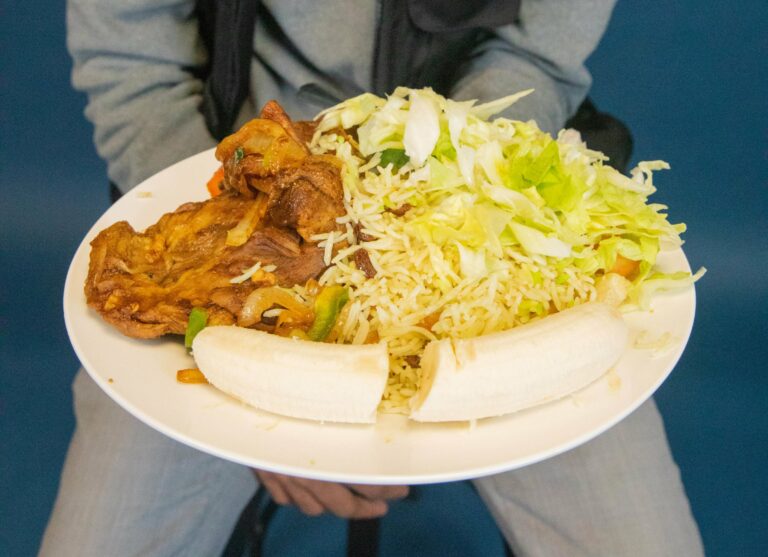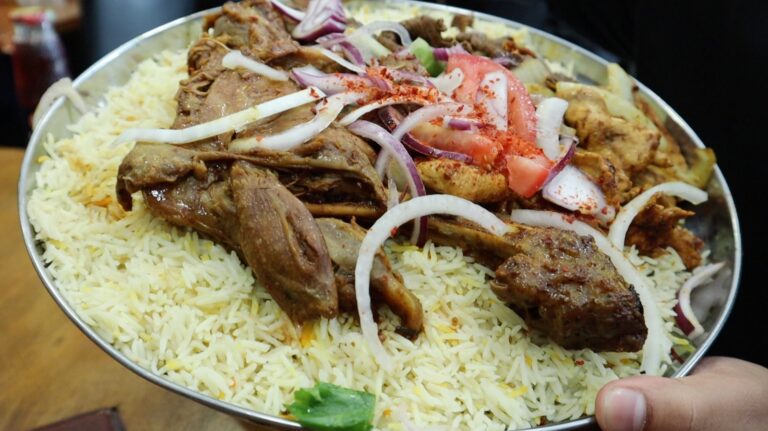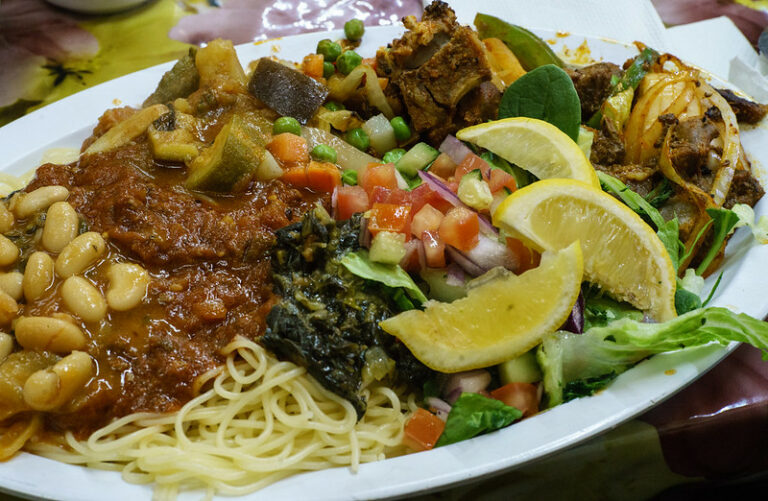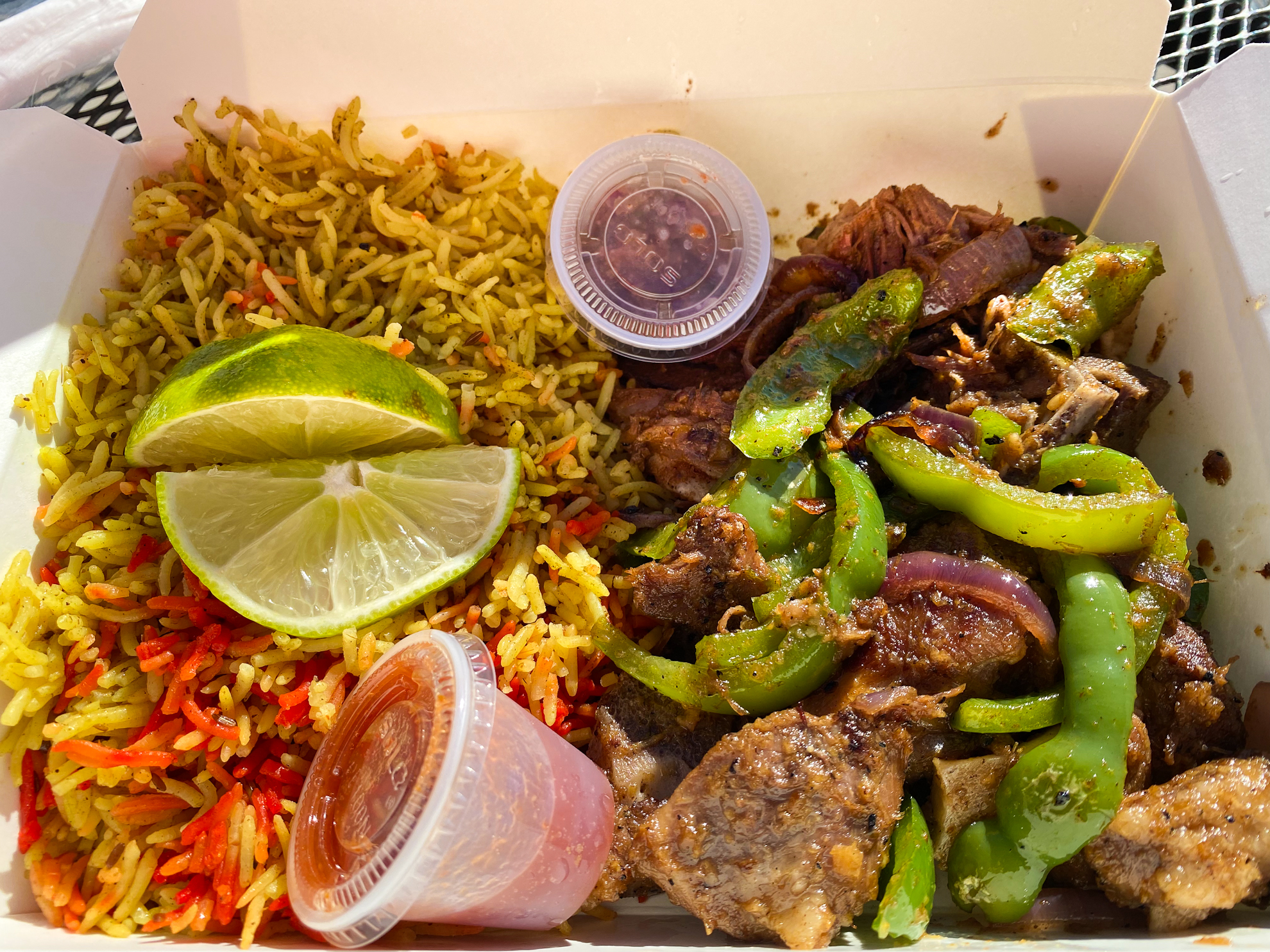Introduction: Exploring Somalia’s Street Food Scene
Somalia is a country known for its rich culture and diverse cuisine. The street food scene in Somalia is particularly popular, with a vast array of delicious and aromatic dishes available for foodies to discover. From the bustling streets of Mogadishu to the quieter corners of Hargeisa and Kismayo, there is no shortage of delicious food to be found. So, where can you find the best street food in Somalia? Let’s explore some of the top hotspots.
Mogadishu’s Tasty Street Food Hotspots
Mogadishu, the capital city of Somalia, is a hub of street food vendors. The city’s streets are bustling with locals and tourists seeking to sample the delicious cuisine on offer. One of the most popular street food dishes in Mogadishu is “Sambusa,” a crispy pastry filled with spiced minced meat or vegetables. Other popular street food dishes in Mogadishu include “Halwa,” a sweet dessert made from sugar and sesame seeds, and “Baguette,” a French bread sandwich filled with a variety of ingredients such as chicken, beef, and vegetables.
Savoring the Flavors of Hargeisa’s Street Food
Hargeisa is the capital city of the Somaliland region and is home to a thriving street food scene. The city’s street food vendors sell a variety of dishes, including “Ful Medames,” a hearty bean stew served with bread and eggs, “Bariis Iskukaris,” a fragrant rice dish cooked with spices and meat, and “Kebda,” a grilled meat dish made with goat liver. For those with a sweet tooth, Hargeisa’s street food scene offers “Cambuulo,” a sweet bean dish, and “Buskut,” a biscuit made with cardamom and sugar.
Discovering the Delicious Cuisine of Kismayo
Kismayo is a coastal city in southern Somalia and is known for its fresh seafood dishes. The city’s street food scene offers a variety of seafood dishes, including “Mishkaki,” grilled fish skewers, and “Biryani,” a rice dish cooked with seafood, spices, and vegetables. Other popular street food dishes in Kismayo include “Shawarma,” a Middle Eastern-style wrap filled with grilled meat, and “Mandazi,” a sweet fried doughnut.
Garowe’s Street Food Gems: A Culinary Journey
Garowe, the capital city of the Puntland region, boasts a vibrant street food scene. The city’s street food vendors sell a variety of dishes, including “Iskudhehkaris,” a rice dish cooked with meat and spices, “Hilib Garaar,” a grilled goat meat dish, and “Sabaayad,” a fried flatbread served with a variety of toppings. For those looking for something sweet, Garowe’s street food scene offers “Dabo,” a sweet bread made with cardamom and sugar.
Conclusion: Uncovering the Best Street Food in Somalia
Somalia’s street food scene is a must-visit for foodies looking to explore the country’s rich culture and diverse cuisine. From Mogadishu’s savory “Sambusa” to Kismayo’s fresh seafood dishes, there is something for everyone. Hargeisa and Garowe also offer a wide variety of dishes that are sure to tantalize your taste buds. Whether you’re a first-time visitor or a seasoned traveler, make sure to explore Somalia’s street food scene for an unforgettable culinary journey.






